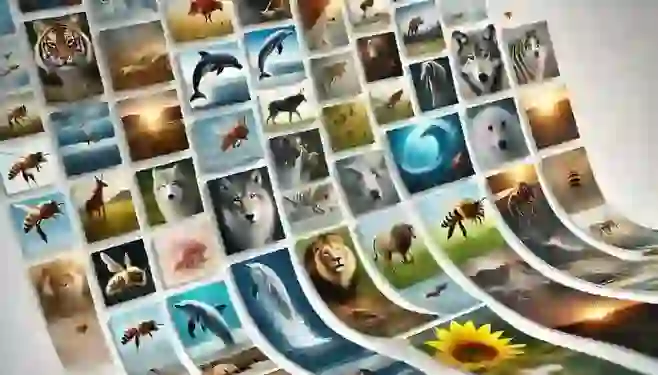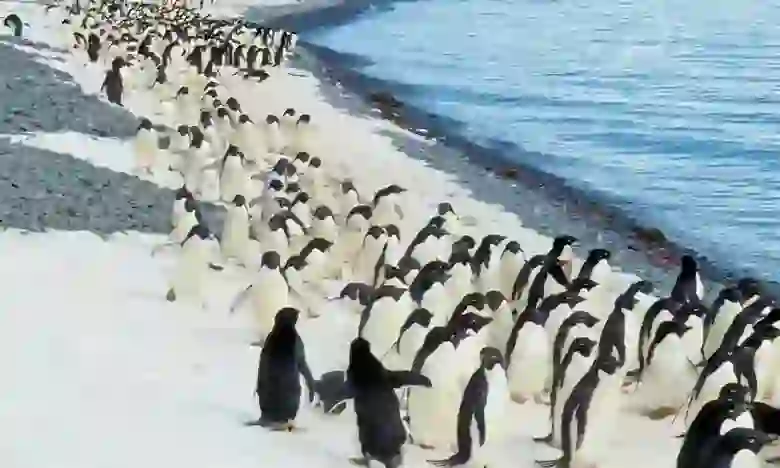
Moray
Moray
Moray
Morays may invoke an image of slithering grotesqueness and aggressive behavior, often seen in clusters at aquariums that may send chills down your spine. However, how many people truly know about the ecology and characteristics of morays? In this article, we delve into the lesser-known ecology of morays.
Moray Basic Infomation
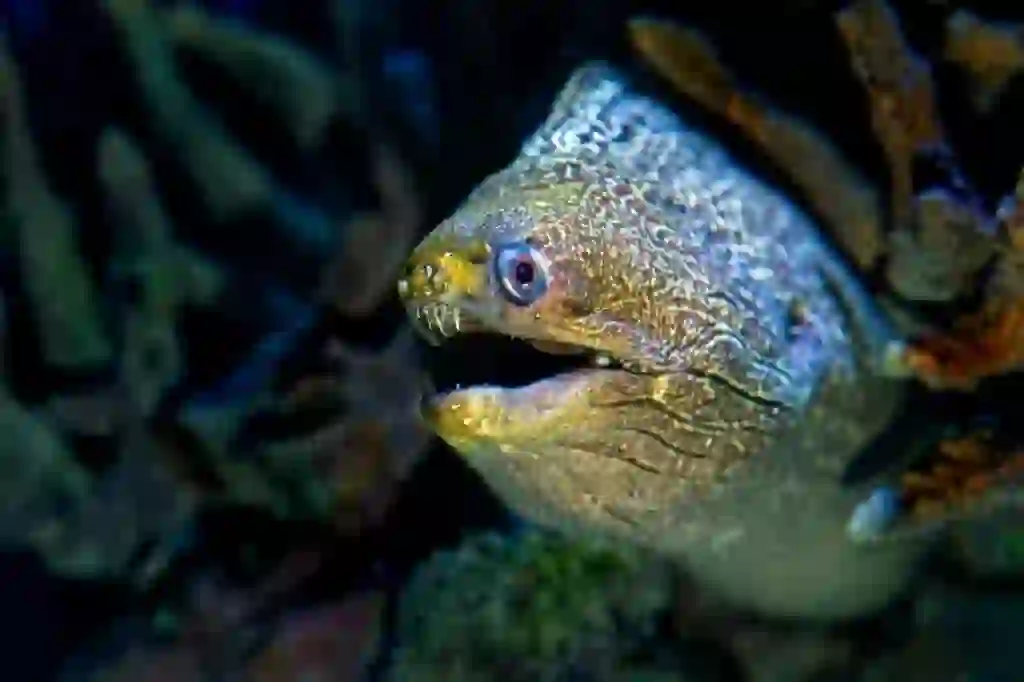
Class: Actinopterygii, Order: Anguilliformes, Family: Muraenidae, Genus: Muraena
Body Length: Varies widely from 20 cm to 4 meters, typically around 1 meter
Weight: 4 kg to 7 kg
Morays have a distinctive appearance with a large mouth that extends behind the eyes, and their bodies are yellow-brown with densely packed patterns.
They lack ventral and pectoral fins, with their tail and dorsal fins connected.
Morays inhabit warm shallow seas.
They are found in the coastal rocky reefs around southern Japan excluding the Ryukyu Islands, Korean Peninsula, and Taiwan.
They commonly inhabit coral reefs and rocky areas, and some can also be found in mangrove brackish and freshwater areas.
Capable of skin respiration through mucous membranes, they can remain active out of water for about 30 minutes if kept moist.
Generally, they stay within their burrows and ambush prey, but their keen sense of smell enables them to swim around the seabed to catch small fish, and sometimes they move up to tide pools.
Fishermen need to be cautious as morays can bite, but they will not attack unless provoked.
Moray Q&A

What is the origin of the Moray's name?
The name 'Moray' is derived from its elongated shape, reminiscent of a quiver called 'Utsubo' in Japanese, used to hold arrows. This association is due to the moray's slender and long body. Additionally, in the Kansai region of Japan, hollow spaces are referred to as 'Utsuhora', which aligns with the moray's habit of dwelling in rock crevices.
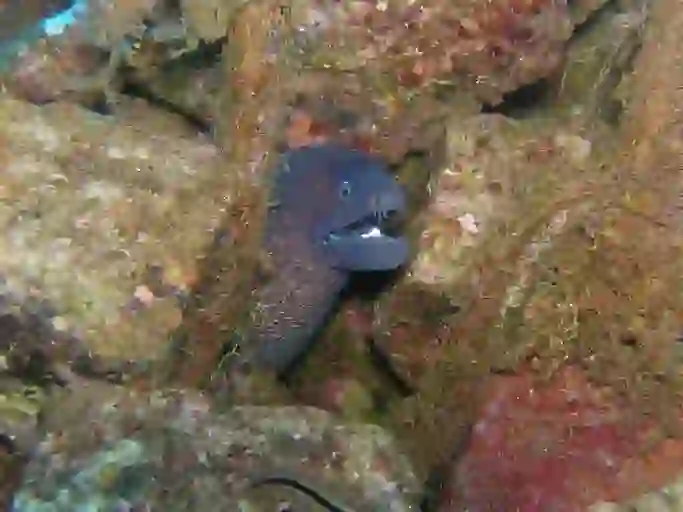
Why does the Moray live there?
Morays are found from Shimane Prefecture to southern Kyushu in the Sea of Japan and the East China Sea, and from Chiba's Tateyama to Yakushima in the Pacific. They inhabit warm, shallow waters but require hiding spots such as crevices. Morays can often be envisioned lurking within holes or pipes with only their heads protruding, a behavior facilitated by their nocturnal nature. They prefer complex terrains like rocky areas and tetrapods where they can hide and ambush prey, though they are also active at night.
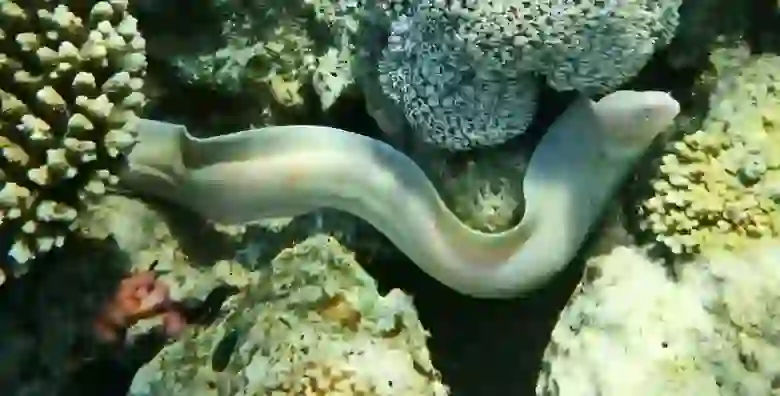
What does the Moray eat?
Morays are carnivorous, consuming fish, mollusks, squids, and even other eels or morays. Octopuses are particularly favored, which, like morays, tend to hide in holes, making them readily available in shared habitats. Octopuses, therefore, often fall prey to morays, their natural predators.
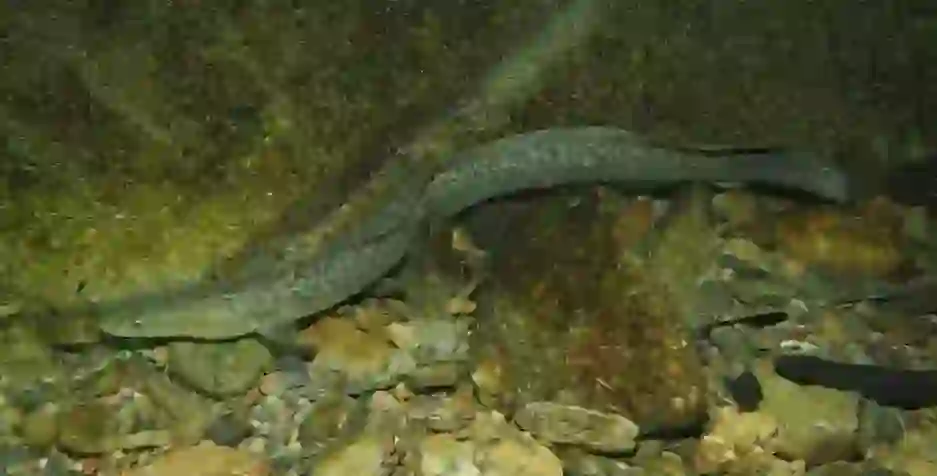
Is the Moray related to eels?
Morays belong to the order Anguilliformes, family Muraenidae, genus Muraena, making them distant relatives of eels. Their elongated, serpentine swimming style is reminiscent of eels. However, unlike eels, morays have large mouths and sharp teeth.
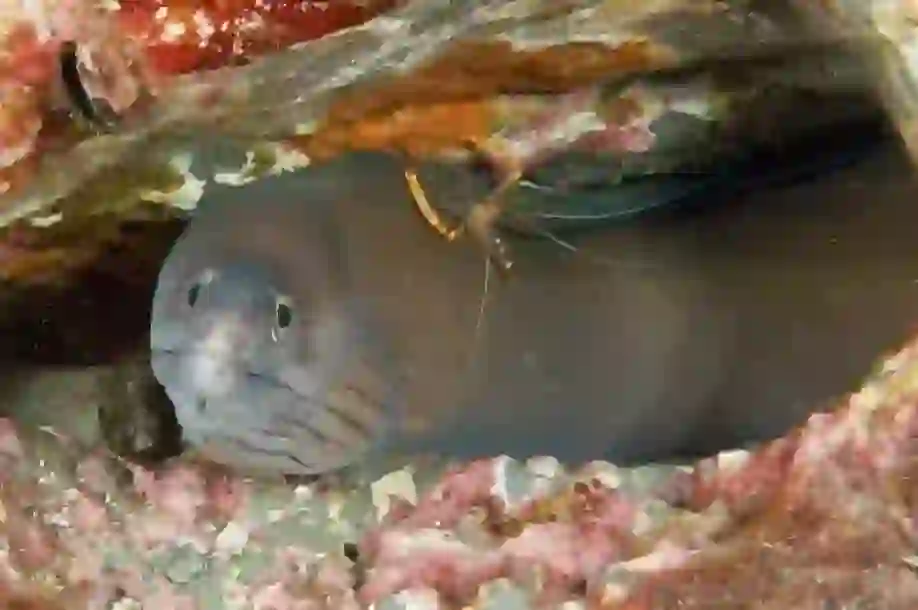
Are there really transparent Morays?
Yes, but more precisely, it's the moray larvae that are transparent. Known as 'Leptocephalus larvae', these young morays have a wide, leaf-like, translucent body which is quite unlike their grotesque adult form. They drift in ocean currents, flexing their bodies to swim.
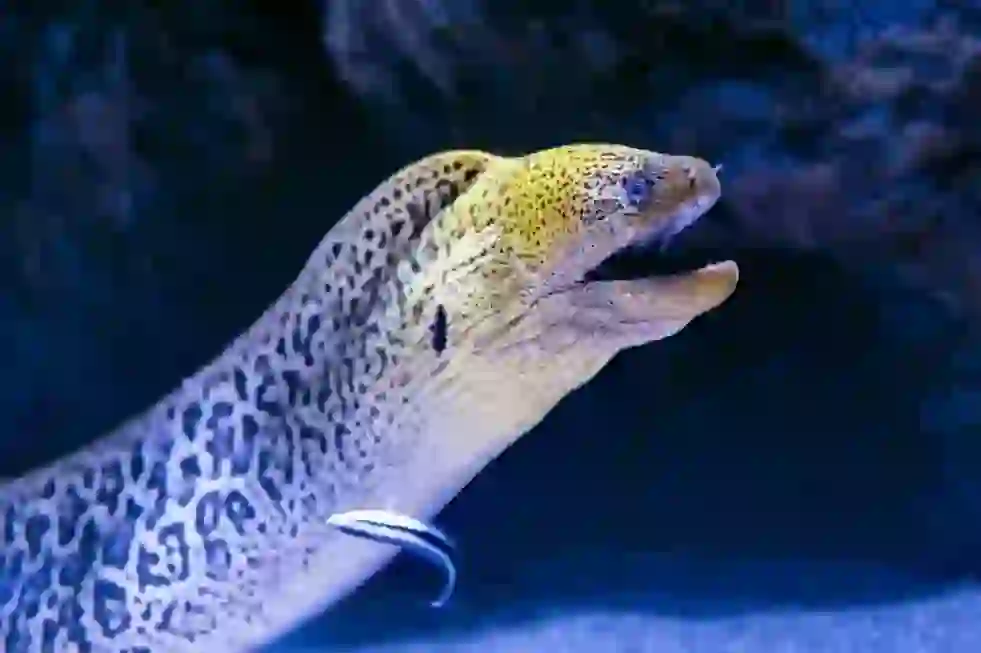
Do baby Morays look very different from adults?
Indeed, many marine creatures undergo dramatic transformations as they mature, a process known as 'metamorphosis'. Morays transform through three stages, changing from transparent larvae to slender brown juveniles, and finally into thick, mottled adults. The transition from a clear to a grotesque appearance is particularly striking.
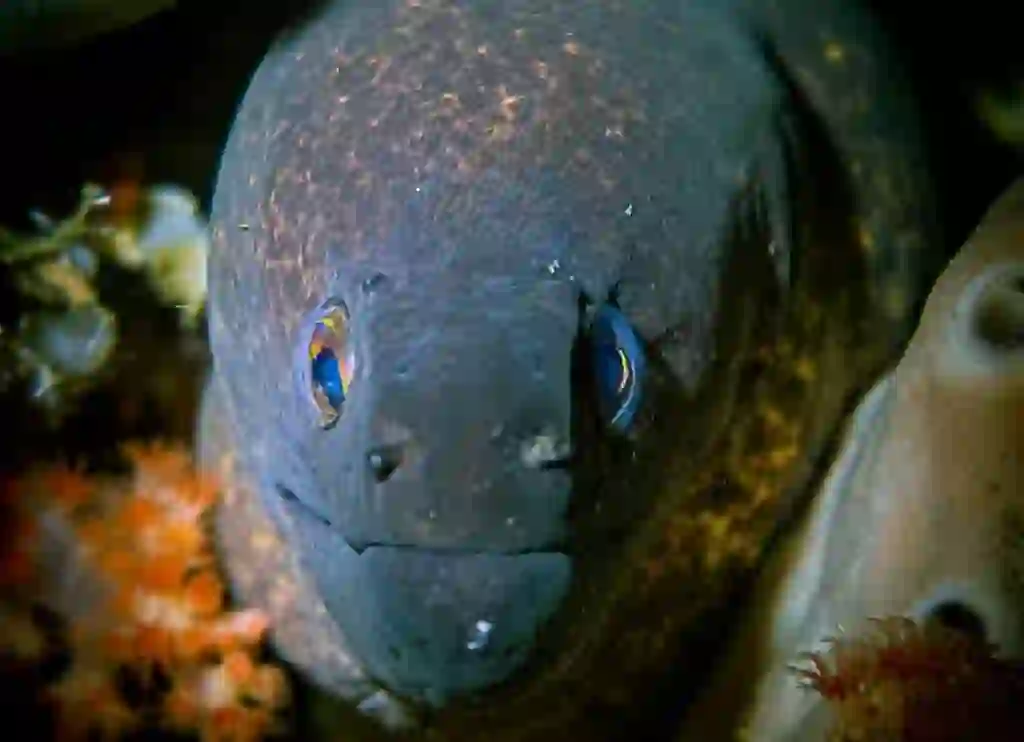
Are Morays difficult to bite off pieces of their prey?
While morays are known for their aggression and ability to prey on various marine animals, they find it challenging to bite off pieces of their food. They can bite with their sharp teeth and strong jaws, but if they cannot swallow their prey whole, they may tie their long bodies into knots to leverage and tear it apart.
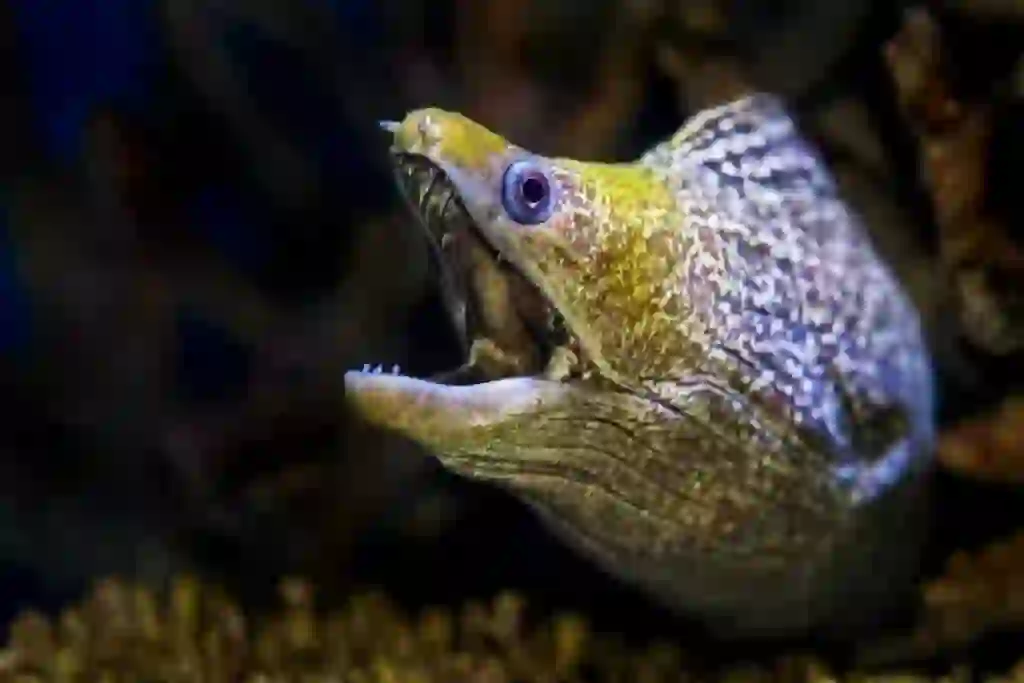
Why do Morays always seem to have their mouths open?
Although it may seem like morays are always ready to bite, they keep their mouths open not to attack but to breathe. They draw water into their mouths to extract oxygen, which is how they breathe.
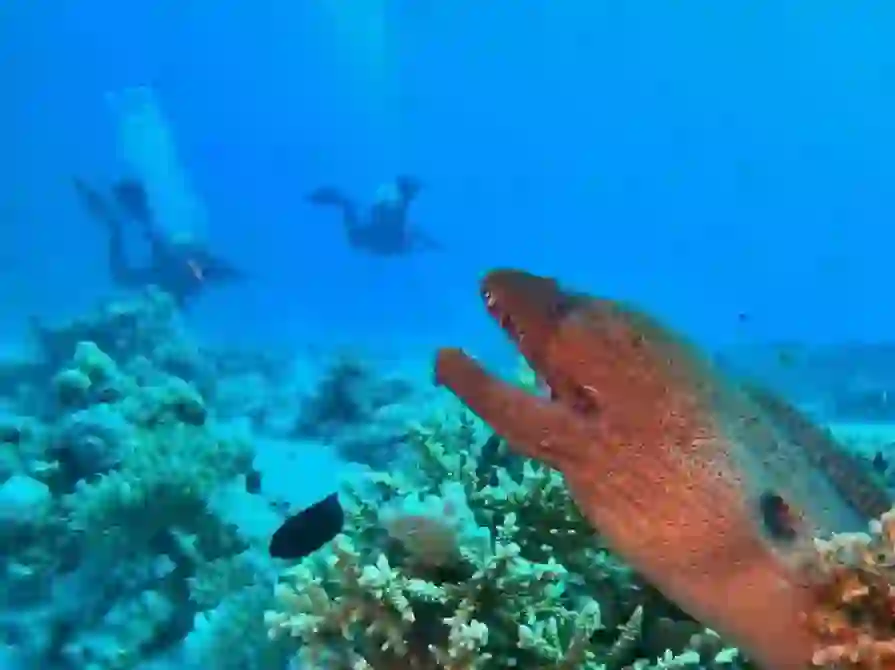
Are Morays blind?
Morays have very small eyes and limited vision. Studies suggest that morays can only detect light and have a highly developed sense of smell, which they use to locate prey.
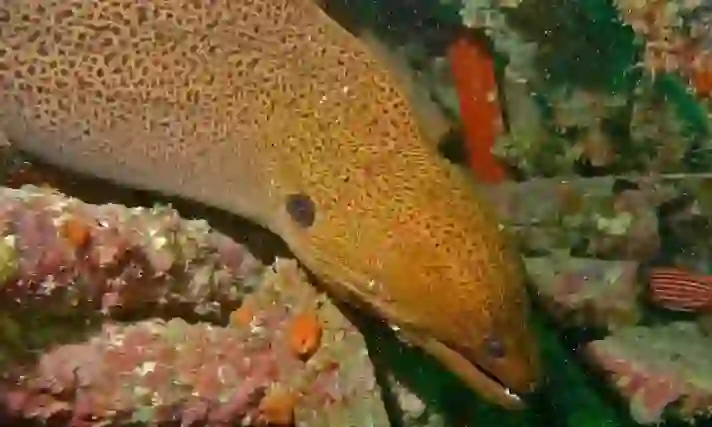
Do Morays have two sets of jaws?
Yes, morays are unique in having two sets of jaws. The first set is located at the front of their mouths and is equipped with large, sharp teeth for capturing prey. The second set, known as pharyngeal jaws, extends from the throat to help transport food to the stomach.
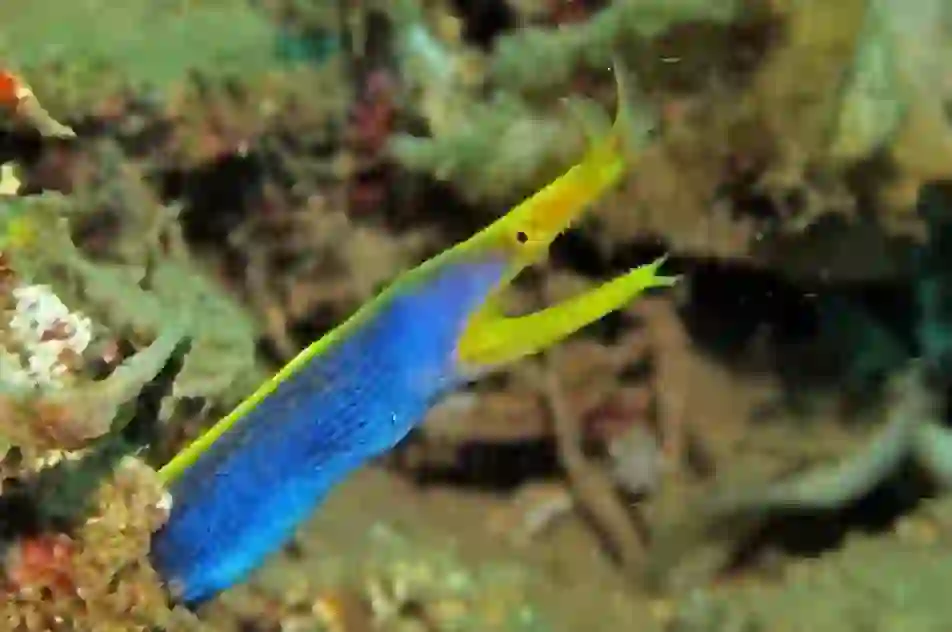
What happens if you get bitten by a Moray?
While morays generally do not attack humans unless provoked, they can inflict serious injuries if threatened. Fishermen and others engaging in aquatic activities should be cautious of morays, especially since they can leap out of the water to capture prey like crabs.
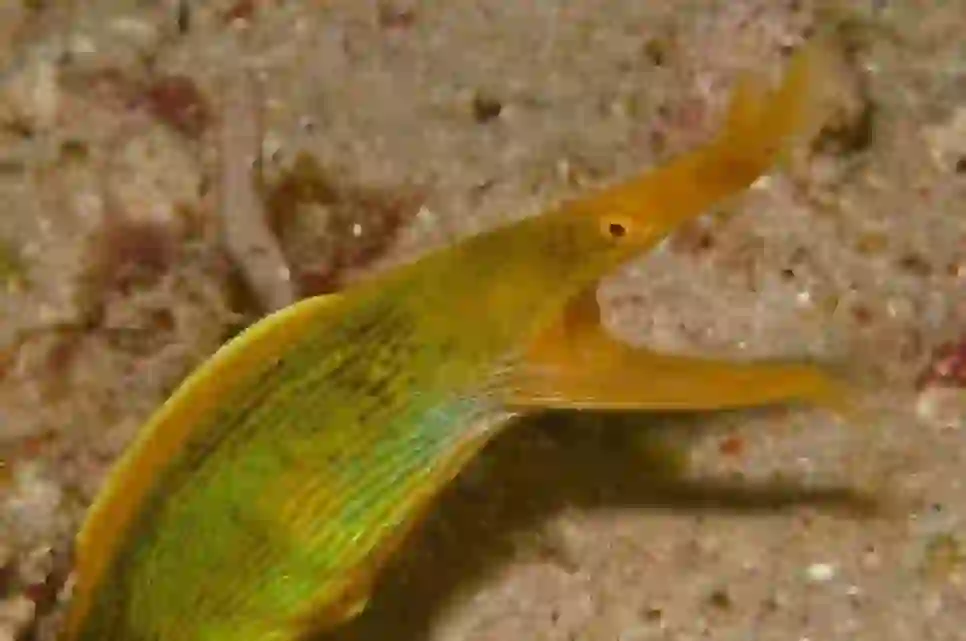
Do Morays have venom?
Not all morays are venomous, but those that are, such as the venomous moray species known as 'Doku Utsubo', are hazardous. These morays live in the seas around Okinawa and the southwestern islands, recognizable by black markings around their gill openings. Their venom is potent, and caution is advised when near their habitat.

Can you eat Morays?
Morays are indeed consumed in some regions of Japan. They can be prepared in various ways such as sashimi, soup, stewed, fried, or in donburi. Particularly during the cold season, morays are prized for their thick, gelatinous skin and rich, fatty meat. They are often prepared like pike conger eel due to their strong bones.

What nutrients are found in Morays?
Morays are not only a delicacy but also rich in nutrients like protein, calcium, iron, and collagen, which are beneficial for health and beauty. Folklore suggests that eating moray can improve eyesight and promote lactation.

Who are the natural predators of Morays?
Despite their formidable appearance and aggression, morays do have natural predators, including larger carnivorous fish. Humans also pose a significant threat through fishing and habitat disruption.

Is it true that Morays can change sex?
Yes, some species of morays, such as the ribbon eel, are known to undergo sequential hermaphroditism, changing from male to female as they mature. This transformation is rarely observed and considered a lucky sighting.

Would you like to become a part of the 'Animalbook.jp'?
Turn your knowledge into Q&A and share it with the world. ※Publication will be activated after purchase. Let's share information together!
Moray Type of List
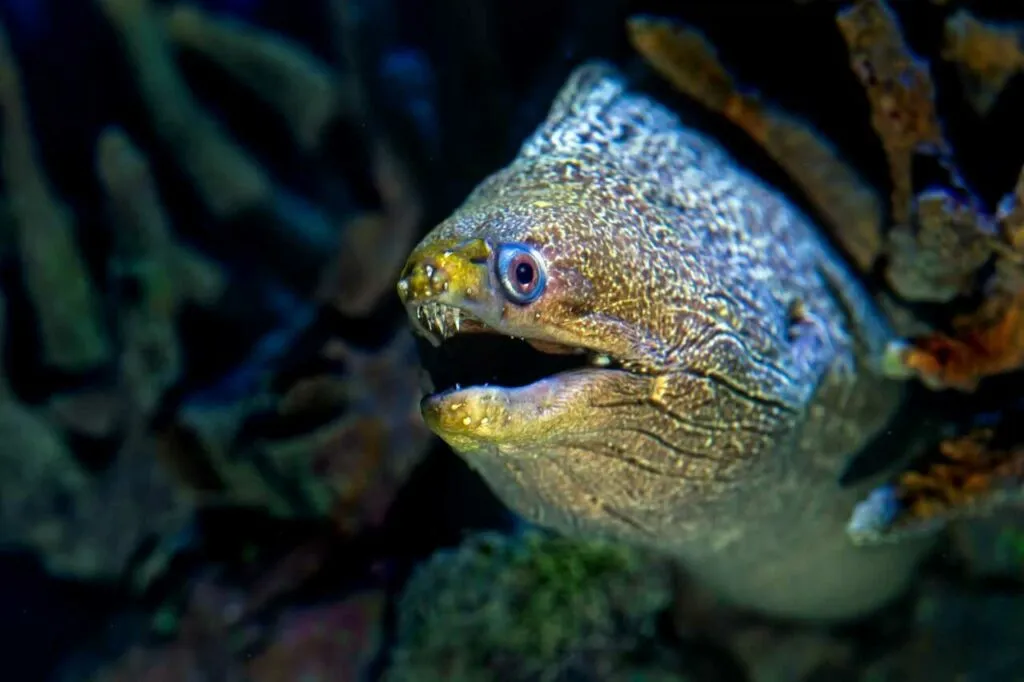
- Tiger Moray
- Young Moray
- Ribbon Eel
- Yellow-edged Moray
- Spider Moray
- Rusty Moray
- False Moray
- Fimbriated Moray
- Mosaic Moray
- Tears Moray, etc.
Information
Congratulations! You are the first commenter!

Create Your Favorite List!
Moray
Save the animals you love! Build your own list to quickly revisit your favorites later.

Would you like to leave a comment?
※Please note: This is for the purchase of rights to post comments within the article.
Find Your Favorites!
Our shop offers a unique and attractive selection of goods themed around various animals.
Moray References

- ・さかなクンと中村征夫の海のおさかな大百科④近海のさかな 株式会社新日本出版社 2012年5月10日
- ・おしえて!さかなクン① 株式会社角川グループホールディングス 2009年11月15日 初版発行
- ・わたしたち、海でヘンタイするんです。海のいきものびっくり生態図鑑 株式会社世界文化社 2019年12月5日 初版第1版発行
- ・深海生物大集合 超でっかいウツボとへんてこウナギたち 鈴木出版株式会社 2014年10月30日初版第1版発行
- ・Wikipedia https://ja.wikipedia.org/wiki/ウツボ
- ・八面六臂 https://hachimenroppi.com/wiki/details/utsubo/#:~:text=名前の由来,いることに由来する。
- ・FISHING JAPAN https://fishingjapan.jp/fishing/7381#mokuji2
- ・高知まるごとネット https://kochi-marugoto.com/goods/cg2/156/
- ・オリーブオイルをひとまわし https://www.olive-hitomawashi.com/column/2022/07/post-17174.html
- ・ウツボ図鑑 https://utsubo.biz/archives/34
- ・いきふぉめ~しょん https://ikimall.ikimonopal.jp/blog/post-1404/#ウツボってどんないきもの?
- ・slow surf style https://naminorihack.com/archives/9099
- ・kurashi-no https://kurashi-no.jp/I0019207#head-5db0d32315d45236a9dd6802ec2d0117
Moray Introduction of media used
undefined

出典:https://unsplash.com/photos/umaCtA_hGH4

出典:https://pixabay.com/images/id-230017/

food
出典:https://pixabay.com/images/id-3262715/

出典:https://commons.wikimedia.org/wiki/File:オオウナギ(沖縄島).jpg

出典:https://unsplash.com/photos/yBraeHiDXi8

出典:https://unsplash.com/photos/IhiYyFh3Rb0

出典:https://unsplash.com/photos/RnaLI-GAK9Y

出典:https://www.pexels.com/ja-jp/photo/13085964/

other
出典:https://commons.wikimedia.org/wiki/File:Utsubo_Karaage.jpg

Help Enrich Our Animalbook.jp with Your Media!
We are constantly looking to expand and enrich our Animalbook.jp with amazing photos and videos of animals. If you have any media that you'd like to share, please contribute and help us showcase the beauty and diversity of the animal kingdom. Your submissions will be credited and featured in our encyclopedia, reaching a wide audience of animal lovers.


